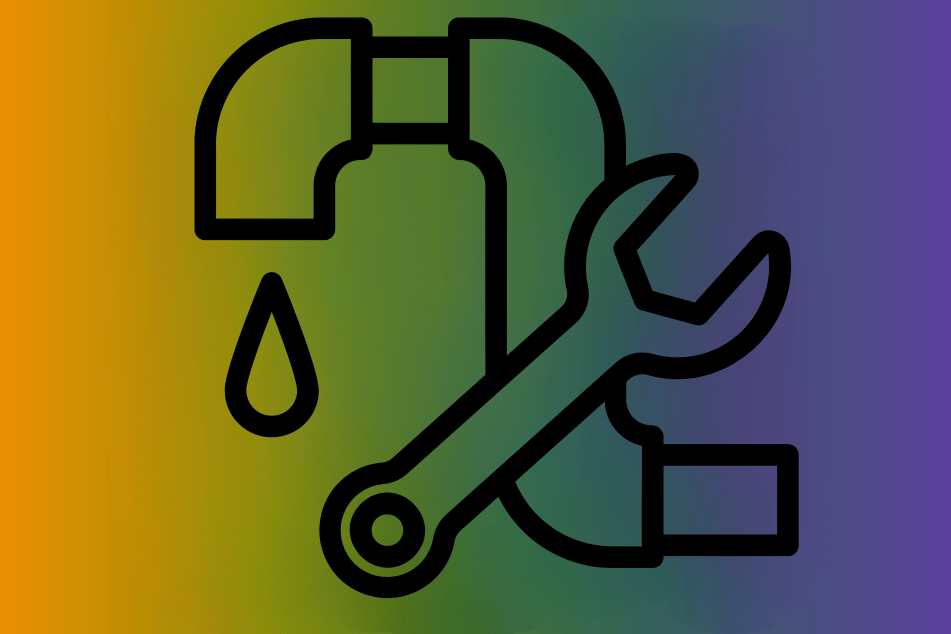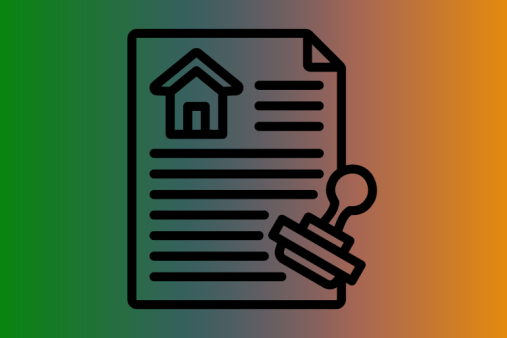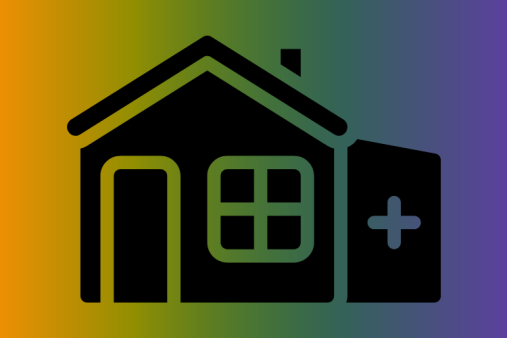Plumbing Regulations for UK Homeowners: A Comprehensive Guide to Compliance
Any homeowner who wishes to perform plumbing work, either on construction of a new dwelling or on alteration, improvement or repair of existing buildings, is obliged to respect the rules framed within various building codes.
The purpose of this guide is to assist plumbers with the basic plumbing requirements under UK buildings regulations and homeowners with the relevant information in order to avoid regulatory breach. This makes certain that the work performed is correctly designed, safe, energy efficient and lawful.
Overview of the UK building regulations
Building Regulations in the United Kingdom provides a framework for the planning, design and construction of buildings to safeguard the end-users of newly built or modified structures. These regulations cover a wide range of construction work including plumbing. Avoiding various plumbing issues requires attention to regulation on water supply, regulation on drainage, regulation on hot water systems, regulation on sanitation systems etc.
Local authorities are the primary enforcement agencies for the building regulations and those who do not comply may face penalties, delays, or in some cases be required to undo or amend the work already done that was not compliant. Hence, these regulations must be understood by homeowners planning to do any type of plumbing or piping work.
Overview of Relevant Plumbing Regulations
- Part G – Sanitation, Hot Water Safety, and Water Efficiency
- Part H – Drainage and Waste Disposal
- Part P – Electrical Safety
- Water Supply (Water Fittings) Regulations 1999
- Part L – Conservation of Fuel and Power
- Part F – Ventilation
Let's explore each of these regulations in detail.
1. Part G: Sanitation, Hot Water Safety, and Water Efficiency
Part G of the Building Regulations focuses on the safety and efficiency of hot water systems, sanitation, and water usage. This regulation is particularly important for homeowners when installing or modifying bathrooms, kitchens, and hot water systems.
Key Requirements:
- Hot Water Safety: To prevent scalding, hot water systems must be designed to avoid dangerously high water temperatures. Hot water from taps in baths should not exceed 48°C, and water heaters must have safety devices, such as thermostatic mixing valves, to regulate water temperature.
- Sanitary Conveniences: This section requires that every dwelling has sufficient sanitary conveniences, such as toilets, basins, and baths. The design and layout must provide appropriate ventilation and be installed in a way that avoids health risks.
- Water Efficiency: Measures must be taken to conserve water by limiting the amount of water used in homes. This includes installing water-efficient fittings, such as dual-flush toilets, low-flow taps, and water-saving showerheads.
Homeowner Compliance:
- Install thermostatic mixing valves in new or existing hot water systems to control temperature.
- Ensure bathrooms and kitchens are well-ventilated to prevent moisture build-up and mould.
- Use water-efficient fixtures to comply with water-saving standards.
2. Part H: Drainage and Waste Disposal
Part H deals with drainage and waste disposal systems, ensuring they are designed and installed to prevent blockages, leaks, and contamination. It covers both internal and external drainage systems and is critical for any homeowner planning to alter or install drainage.
Key Requirements:
- Foul Water Drainage: Wastewater from sinks, baths, showers, and toilets must be discharged into a foul water drainage system that connects to the public sewer or a septic tank.
- Surface Water Drainage: Rainwater must be diverted away from the building through proper surface water drainage systems to avoid flooding and water damage.
- Waste Disposal: Systems must be designed to manage solid and liquid waste efficiently, and waste pipes must have sufficient ventilation to prevent foul smells from entering the home.
Homeowner Compliance:
- Ensure that new or modified drainage systems are connected correctly to the public sewer or a septic tank.
- Use approved pipework and fittings to ensure the system meets required standards.
- Provide adequate ventilation to prevent waste gases from accumulating in the home.
3. Part P: Electrical Safety
Although Part P primarily covers electrical installations, it is relevant to plumbing because some systems, such as electric water heaters, pumps, and underfloor heating, require both water and electricity. Electrical safety is crucial to avoid the risk of electrocution, particularly in wet areas like bathrooms and kitchens.
Key Requirements:
- Electrical Installations: All electrical work in a home, including in kitchens and bathrooms, must be carried out by a qualified electrician. This includes work related to water heaters, immersion heaters, and electric showers.
- Zonal Safety: Bathrooms are divided into different zones (Zone 0, 1, and 2) that dictate the type of electrical appliances and installations permitted in each area, considering proximity to water sources.
Homeowner Compliance:
- Hire a certified electrician to handle any electrical work associated with plumbing installations.
- Install only IP-rated (Ingress Protection) electrical devices in bathrooms, kitchens, or areas near water to meet safety standards.
4. Water Supply (Water Fittings) Regulations 1999
The Water Supply (Water Fittings) Regulations 1999 aim to prevent contamination, waste, and misuse of water. These regulations are closely aligned with Part G but have additional, specific requirements for ensuring the safety and quality of water supply systems.
Key Requirements:
- Prevention of Contamination: Plumbing systems must be designed to prevent backflow, which could allow contaminants to enter the water supply. Devices like double-check valves should be installed to ensure this.
- Approved Materials: All materials and fittings used in water supply systems must meet approved standards to ensure they do not affect water quality.
- Water Meter Installation: When installing or modifying plumbing, ensure compliance with local water authority requirements, which may include the installation of a water meter.
Homeowner Compliance:
- Use only approved pipes and fittings to avoid contaminating the water supply.
- Install backflow prevention devices to stop contamination.
- Consult with your water supplier if planning any significant plumbing changes that could affect water usage or the installation of a water meter.
5. Part L: Conservation of Fuel and Power
Part L of the Building Regulations focuses on the energy efficiency of buildings, including heating systems and hot water supply. This regulation is particularly important for homeowners looking to upgrade boilers, heating systems, or insulation to save energy and reduce carbon emissions.
Key Requirements:
- Energy Efficiency: Hot water and heating systems must be designed and installed to operate efficiently. This includes using energy-efficient boilers, properly insulated pipes, and controls to reduce energy consumption.
- Boiler Installation: New or replacement boilers must meet minimum energy efficiency standards. Condensing boilers are usually required for their high efficiency.
Homeowner Compliance:
- Install energy-efficient heating and hot water systems to meet energy conservation standards.
- Insulate all hot water pipes to minimize heat loss.
- Ensure that any new or replacement boiler is compliant with the latest energy efficiency standards.
6. Part F: Ventilation
Part F ensures adequate ventilation in buildings, particularly in areas like kitchens and bathrooms where moisture from plumbing systems can lead to condensation and mould. Proper ventilation is essential to maintain air quality and prevent damage to the building fabric.
Key Requirements:
- Ventilation Systems: Mechanical or passive ventilation must be installed in kitchens and bathrooms to remove excess moisture and prevent dampness.
- Air Quality: Ventilation systems must provide sufficient fresh air while expelling moisture and pollutants to maintain indoor air quality.
Homeowner Compliance:
- Install extractor fans in bathrooms and kitchens to comply with ventilation requirements.
- Ensure that new or modified ventilation systems are sufficient to maintain air quality and prevent damp.
How to Ensure Compliance with Plumbing Regulations
All the plumbing operations done on the property of a homeowner has to conform to the relevant building regulations. This is how you can achieve it:
-
Employ Trained Competent People
Never attempt to do plumbing work without engaging the services of a qualified plumber or heating engineer. For electric plumbing work, engage a registered electrician. Ensure that these people are registered with suitable institutions such as the Gas Safe for gas plumbing work, the Chartered Institute of Plumbing and Heating Engineering (CIPHE) among others.
-
Inform the Authorities
For some plumbing works, it may be necessary to inform your local authority before commencing work, for instance, constructing new drainage works, altering the water supply on a large scale and installation of new heating systems. It is recommended that your local authority should advise you on those works that are subject to local government approval.
-
Obtain Necessary Papers
Once the plumbing works have been completed, make sure that the specialists have issued you with the appropriate papers, such as certificates from the contractor for instance Building Regulation Compliance Certificates. Such a certificate is important for legal and insurance purposes and helps to show that the work was completed to the expected standards.
-
Use Approved Services
All products and materials that are installed in your plumbing systems should be resources compliant with standards and approved by recognised authorities. Failure to use the approved products may bring about contamination, inefficient and non conforming.
-
Periodic Maintenance
However, even after the plumbing process has been completed, there is still a need for periodic maintenance for compliance with the building standards. Look out for leakage, consider the adequacy of the drainage systems, and make sure your heating systems are in good order.
Conclusion
Homeowners need to appreciate the importance of understanding and following the UK plumbing regulations as they have a direct bearing on the safe and efficient operation of plumbing systems. It is possible when one is aware of the regulations and has professional assistance that the plumbing work done in a house will be done in compliance with the regulations and will improve safety and comfort in the place.
There are potential repercussions if building regulations are disregarded starting with financial losses, problems with compliance, dangerous poor quality installations, and hindrances in the sale of the property. It is possible to avoid them by observing the recommendations which are offered



